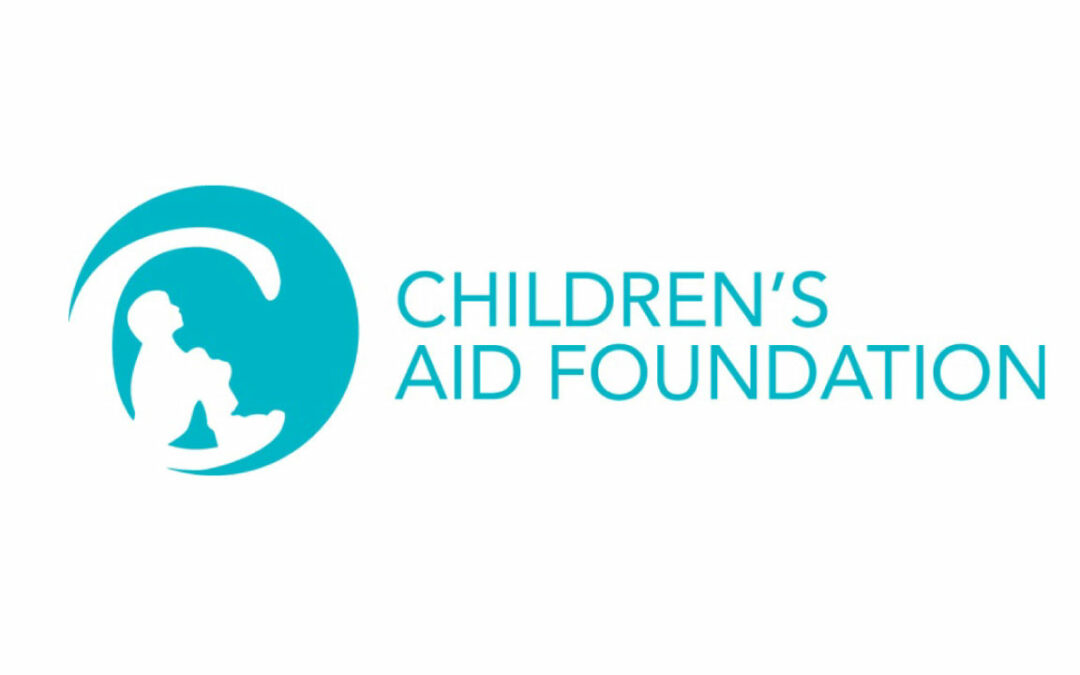Manitoba Government Press Release–On Feb. 14, we offer our deepest respects and honour the lives of missing and murdered women, girls and gender-diverse individuals who have gone missing or have been taken too soon, and encourage all Manitobans to bring awareness and support in speaking out against violence.
The Women’s Memorial March is held annually on Feb. 14 in cities across Canada and the United States. The march started in 1992 in Vancouver, B.C., following the murder of an Indigenous woman. The first march began as a small memorial, but grew to become an annual march to honour all missing and murdered women, Indigenous women, girls and gender-diverse individuals. Decades later, the march continues and has spread to more than 20 cities across Canada and the United States.
The annual march provides an avenue of support and healing for families and communities to share in their collective grief. It is a memorial where butterflies are worn to show love and respect for missing and murdered loved ones.
As part of our whole-of-government approach to addressing gender-based violence and incidences of missing and murdered Indigenous women, girls, and gender-diverse individuals, our government will continue to work with families, survivors, and communities to advance concrete actions to help guide us in the right direction in promoting an environment of safety and security for all individuals.
The march will begin at 6 p.m. at the Magnus Eliason Recreation Centre at 430 Langside St., and will proceed north on Langside Street, east on Sargent Avenue, south on Young Street, west on Ellice Avenue, and then back to the recreation centre. The walking route was carefully planned and will pass a location on Young Street where a known occurrence of a MMIWG2S+ was identified. A feast will be offered upon completion of the march and the Ka Ni Kanichihk Centre will oversee the service of the feast to all in attendance.
The Legislative Building will be lit with the symbolic red dress on Feb. 14. The red dress is a visual reminder of the tragic issues surrounding missing and murdered Indigenous women, girls, and gender-diverse individuals across Canada and can be a powerful symbol of hope and acknowledgment

